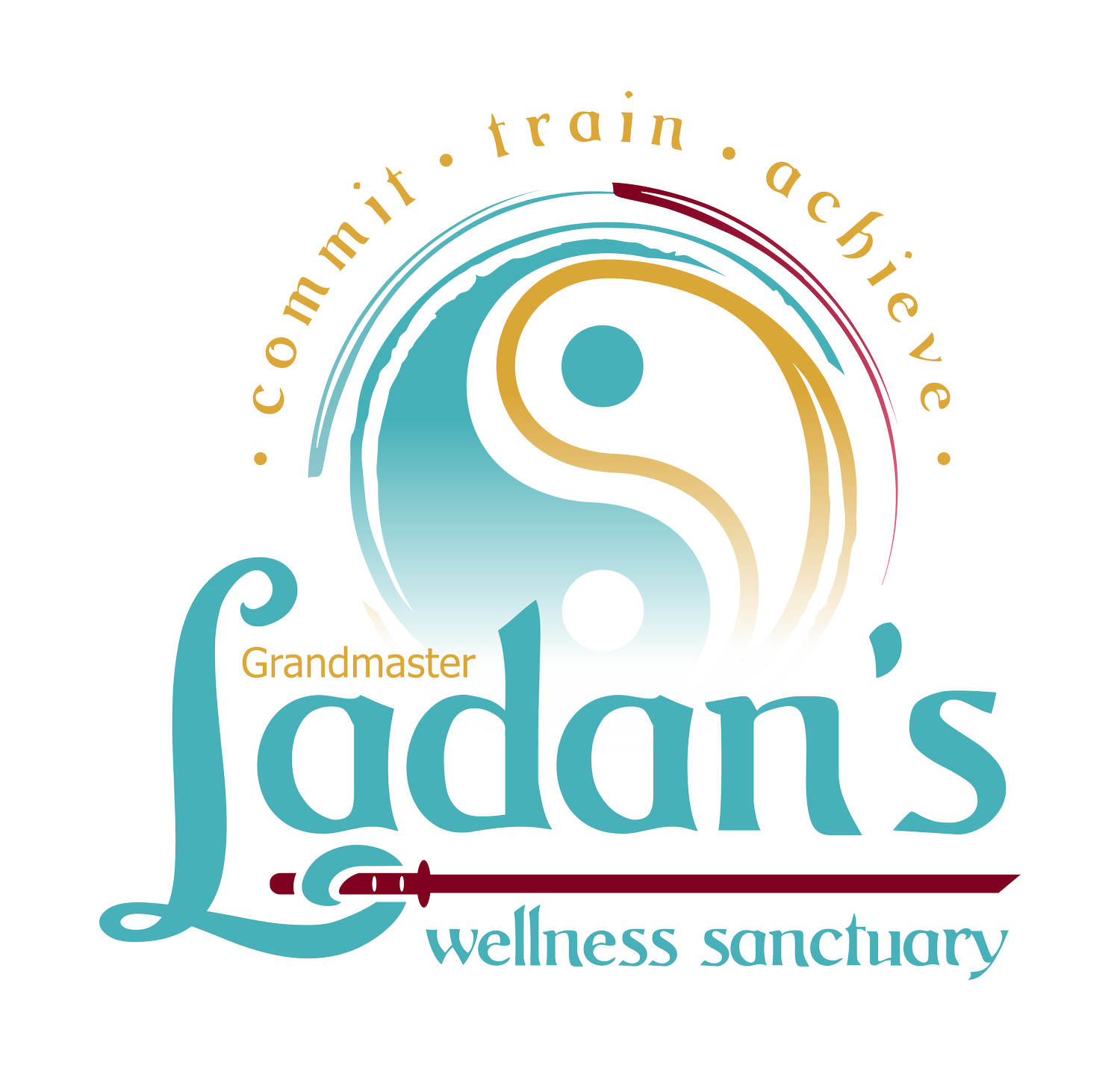Dance Training “Drastically” Reduces Parkinson’s Progression and Eases Symptoms
Parkinson’s disease is a neurological movement disorder. Common symptoms include tremor, slowness of movement, stiff muscles, unsteady walk and balance and coordination problems. There is no cure for the disease. Fortunately, a new study suggests Dance training ‘drastically’ reduces its progression and patients can maintain a good quality of life.
What is Parkinson’s disease?
Parkinson’s disease is a nervous system disease that affects your ability to control movement. The disease usually starts out slowly and worsens over time. If you have Parkinson’s disease, you may shake, have muscle stiffness, and have trouble walking and maintaining your balance and coordination. As the disease worsens, you may have trouble talking, sleeping, have mental and memory problems, experience behavioral changes and have other symptoms.
Who gets Parkinson’s disease?
About 50% more men than women get Parkinson’s disease. It is most commonly seen in persons 60 years of age and older. However, up to 10% of patients are diagnosed before age 50.
About 60,000 new cases of Parkinson’s disease are diagnosed in the United States each year.
Dancing greatly helps reduce progression and ease symptoms
Dancing helps slow the progression of motor and nonmotor symptons and improves quality of life for patients with Parkinson’s disease, new research shows.
Over 3 years, weekly participation in dance training classes “drastically” reduced the expected decline in motor function and significantly improved speech, tremors, balance, and stiffness, the researchers reported.
Dance training also appeared to have benefits regarding cognition, hallucinations, depression, and anxiety.
“These findings strongly suggest the benefits of dance for people with PD as a sup[plement to a normal treatment regimen.”
Although the mechanism of benefit is unclear, dance training may help “train neural network nodes that helps either strengthen networks damaged or builds neural road maps that pass the damage,” study investigator Joseph DeSouza, PhD, principal investigator and associate professor, department of psychology, York University, Toronto, said in an interview. The study was published online July 7, 2021, in Brain Sciences (doi: 10.3390/brainsci11070895)
Multiple Benefits and Treatment for Parkinson’s through dancing
PD is a neurodegenerative disease associated with progression of motor dysfunction within the first 5 years of diagnosis. The annual rate of motor decline, as determined with the Movement Disorder Society Unified Parkinson’s Disease Rating Scale (MDS-UPDRS), is between 5.2 and 8.9 points.
Prior studies that assessed various styles of dance by patients with PD showed beneficial effects regarding gait speed, balance, locomotion, and aspects of quality of life.
To investigate further, DeSouza and coauthor Karolina Bearss, a PhD candidate at York University, followed 16 patients with mild to moderate Parkinson’s Disease who participated in a weekly dance class at Canada’s National Ballet School and Trinity St. Paul’s church.
Dance of Parkinson’s Disease, which is an established dance curriculum, involves aerobic and anaerobic movements. The protocol begins with a seated warm-up, followed by barre work, and ends with moving across the floor. All participants learn choreography for an upcoming performance.
In the study, 16 patients with PD who did not participate in the dance classes served as control patients. Over 3 years, the daily rate of motor decline, as indicated by scores on part III of the MDS-UP-DRS, was zero among the dancers (slope = 0.000146), indicating no motor impairment, whereas among the non-dancers, the motor decline during follow-up was as expected (P <.01), the researchers reported.
After 1000 days of study
In modeling the data, the researchers determined that, after completing 1,000 days of dance training, dancers will have a motor score of 19.07, compared with a score of 28.27 for non-dancers.
“For those with Parkinson’s disease, even when it’s mild, motor impairment can impact their daily functioning - how they feel about themselves. Many of these motor symptoms lead to isolation because once they get extreme, these people don’t want to go out.” - Dr. DeSouza
He added…
“These motor symptoms dead to further psychological issues, depression, social isolation and eventually the symptoms do get worse over time. Our study shows that training with dance and music can slow this down and improve their daily living and daily function.”
Great Potential and Help Treat Parkinson’s Disease
Reached for comment, Demian Kogutek, PhD, director of music therapy, University of Evansville (Indiana), said that these preliminary findings from a longitudinal study are “promising.”
“I believe that dance therapy has a great potential for PD. The longitudinal aspect of this study undoubtedly adds to the current literature. Although it is a standardized assessment, it is somewhat subjective,” Dr. Kogutek said in an interview.
Also weighing in on the results, Karen Lee, PhD, president and CEO of Parkinson Canada, said her organization is “encouraged by these preliminary findings as exercise and healthy activities are important for people with Parkinson’s.” This study is part of a growing body of research that explores the link between the impact of activities and both motor and non-motor symptoms of Parkinson’s."
“This research adds to growing evidence about the importance of exercise as part of the management of Parkinson’s, and we encourage people living with Parkinson’s to incorporate exercise as part of their approach to managing their health.”

